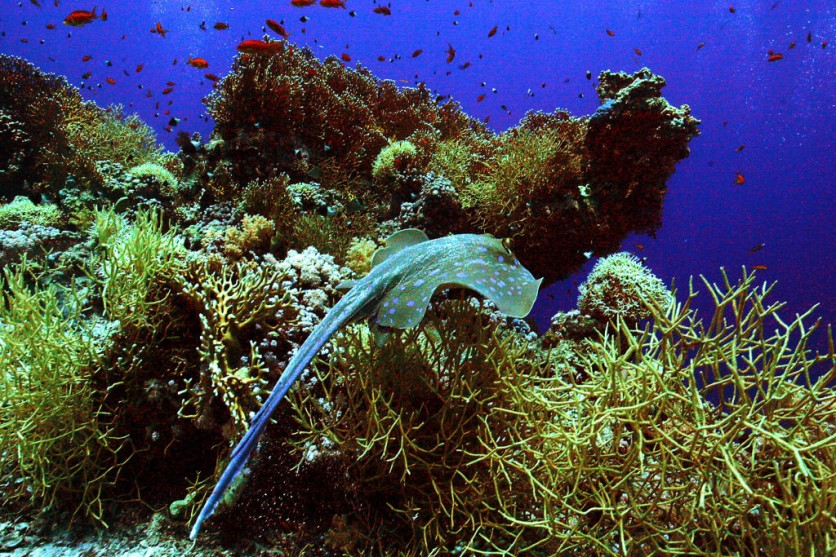A new program has been introduced by the European Commission that aims to protect our oceans through advanced technology. EU will be using the network Internet of Underwater Things to tackle this issue.

Introducing TEUTA Project
As the sea level rises and plastic pollution and overfishing are worsening, the Internet of Underwater Things will be helping to expand our knowledge about the world's oceans. According to a report from Interesting Engineering, the European Commission introduced a new program called the Technology Enabler for the Internet of Underwater Things Application.
The TEUTA Project will seek to protect the seas through advanced technology. As per Innovation Associate Vladimir Djapic, there are oceans around people that they have not yet explored, deserving to be funded by companies and institutions. 70% of the Earth is covered by oceans and more than 4 out of 5 of them have never been explored, seen, and studied by humans.
This will come with intruder-detection technology that will be installed in remote locations. The implementation could also explore opportunities for underwater agriculture or mining. Public agencies and non-governmental organizations could also use the project to monitor water quality, replacing the need for researchers to go and collect samples manually and physically.
Djapic stated that underwater communication technologies need to be marketed as a way to ensure new options are used more widely. It still needs to be analyzed as the TEUTA project's technology enables the measuring of environmental parameters.
Through this project, Phys.org reported that the implementation could have many useful and varied applications. Djapic stated, "For example, a diver working in underwater construction can send a message to a supervisor and request additional help or tools or similar."
Meanwhile, the EU gave an example of scientists being able to remotely turn on a water-quality measuring device installed on the seabed from their labs and archaeologists to help protect vulnerable underwater sites.
Collaborating with IoUT
EU's partnership with the Internet of Underwater Things is considered a huge green effort as the company is a network of smart, interconnected sensors, and devices to make communicating in the sea easiest.
Cordis Europa stated that the TEUTA project ran from October 2020 until March 2022 and helped a Croatian company called H20 Robotics develop low-cost acoustic devices and robotic platforms underwater. "With a limited number of underwater network installations before, we could only explore limited coastal areas," Djapic added.
As of the moment, it is currently developing lightweight, low-cost acoustic devices and robotic platforms in order to create underwater wireless networks that facilitate the Internet of Underwater Things. This project will assist in the recruitment of an innovation associate who can take the Croatian SME to the next level.
Related Article : NOAA Scientists Identify Marine Heat Wave Under the Ocean

ⓒ 2025 TECHTIMES.com All rights reserved. Do not reproduce without permission.




